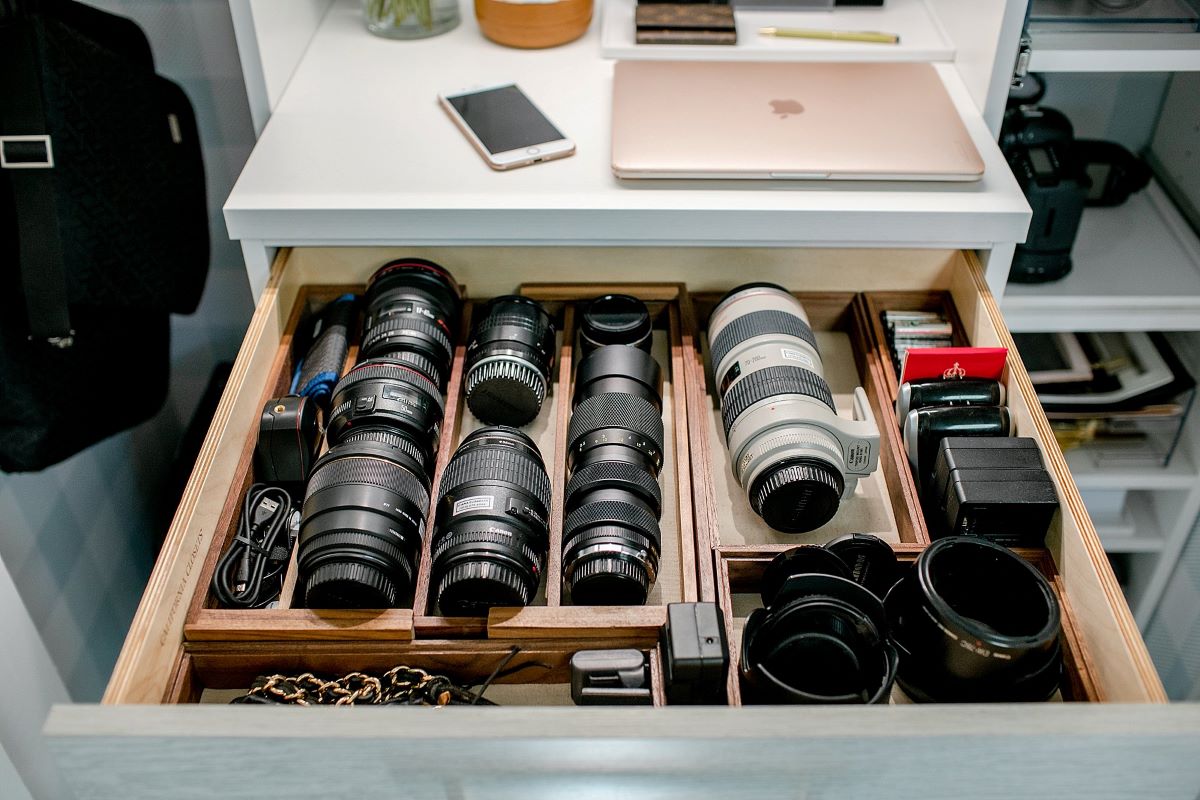

Articles
How To Store A Camera
Modified: January 6, 2024
Learn the best practices for safely storing your camera equipment in this comprehensive guide. Explore articles on camera storage tips, including cleaning, protection, and organization.
(Many of the links in this article redirect to a specific reviewed product. Your purchase of these products through affiliate links helps to generate commission for Storables.com, at no extra cost. Learn more)
Introduction
Welcome to the world of photography! Whether you are a seasoned professional or just starting out, properly storing your camera is essential to preserving its lifespan and ensuring optimal performance. A camera is not just a piece of equipment; it’s an investment that requires care and attention to detail.
In this article, we will explore the importance of proper camera storage and provide you with practical tips on how to store your camera effectively. From preparing your camera for storage to choosing the right storage location, we will cover all the necessary steps to keep your camera in top condition.
By following these guidelines, you can rest assured that your camera will be protected from damage, dust, moisture, and other factors that can negatively impact its performance. So, let’s dive in and learn how to store a camera the right way!
Key Takeaways:
- Properly storing your camera is essential for preserving its lifespan and image quality. Follow these steps to protect your investment and ensure optimal performance for years to come.
- From preparing your camera for storage to choosing the right storage location, taking these simple steps will safeguard your camera from potential damage and maintain its longevity.
Read more: How To Store Cameras
Importance of Proper Camera Storage
Properly storing your camera is crucial for maintaining its functionality, longevity, and image quality. Here are some key reasons why you should pay attention to how you store your camera:
- Protection from dust and moisture: Dust and moisture are two common enemies of cameras. When left unattended, they can enter the camera body and lens, causing damage to internal components and affecting image quality. Storing your camera in a clean and controlled environment helps reduce the risk of dust and moisture accumulation.
- Prevention of physical damage: Cameras are delicate devices that can be easily damaged if not stored properly. By storing your camera in a padded camera bag or case, you can minimize the risk of accidental impacts, scratches, or falls.
- Prolonged battery life: Leaving the battery in your camera for extended periods can lead to self-discharge, potentially causing damage to the battery itself. Removing the battery before storage helps preserve its lifespan and ensures it performs optimally when you need it next.
- Preserving image quality: A clean lens is crucial for capturing sharp and clear images. Proper storage techniques, such as protecting the lens with a lens cap or filter, can prevent scratches, fingerprints, and dust accumulation, resulting in better image quality.
By understanding the importance of proper camera storage, you can take the necessary steps to protect your equipment, avoid potential damage, and maintain optimal performance. Now, let’s explore the steps to prepare your camera for storage.
Preparing the Camera for Storage
Before storing your camera for an extended period, it’s essential to take a few precautionary steps to ensure its safety and longevity. Follow these guidelines to prepare your camera for storage:
- Clean the camera: Start by gently cleaning the camera body and lens using a soft, lint-free cloth. Remove any dirt, dust, or fingerprints, paying special attention to the lens and sensor. Avoid using harsh chemicals or excessive force, as this can damage the delicate components of the camera.
- Remove the accessories: Take out any accessories attached to the camera, such as straps, grips, or external flash units. This will prevent them from causing any scratches or damage during storage.
- Protect the tripod mount: If your camera has a tripod mount, consider adding a protective cap or cover to prevent any debris or dust from entering the mount area.
- Check for firmware updates: Before storing your camera, check if there are any firmware updates available from the manufacturer. Upgrading the firmware can help improve the camera’s performance and fix any known issues.
- Set the camera to manual mode: To prevent any accidental battery drain, switch your camera to manual mode instead of leaving it in automatic mode. This ensures that the camera doesn’t power on unexpectedly while in storage.
By following these simple steps, you can ensure that your camera is well-prepared for storage. In the next section, we will discuss the importance of choosing the right storage location for your camera.
Choosing the Right Storage Location
Where you store your camera plays a crucial role in its protection and preservation. Here are some factors to consider when selecting the right storage location:
- Avoid excessive humidity: High humidity levels can promote the growth of mold and damage the delicate components of the camera. Choose a storage area with low humidity levels and consider using dehumidifiers or desiccant packs to absorb excess moisture.
- Control temperature fluctuations: Extreme temperature changes can harm your camera’s internal components. Avoid storing your camera in areas that experience rapid fluctuations in temperature, such as attics or basements. Opt for a cool, dry, and stable storage space instead.
- Protect from sunlight: Long-term exposure to direct sunlight can damage both the camera body and lens. Avoid storing your camera in areas where it will be exposed to direct sunlight, such as near windows or in a car.
- Avoid magnetic fields: Strong magnetic fields can interfere with the camera’s electronic components. Keep your camera away from sources of magnetic interference, such as speakers or large electrical appliances.
- Consider security: Choose a storage location that is secure and inaccessible to unauthorized individuals. This ensures that your camera remains safe and protected from theft or damage.
Additionally, if you have a camera bag or case, store your camera in it to provide an extra layer of protection from dust, moisture, and physical damage. It’s important to keep in mind that the storage location you choose should prioritize the preservation of your camera’s condition and prevent potential harm.
In the next section, we will discuss the importance of cleaning your camera before storage.
Cleaning the Camera Before Storage
Properly cleaning your camera before storage is essential for maintaining its longevity and performance. Follow these steps to ensure your camera is in pristine condition before storing it:
- Remove dust and debris: Use a soft brush or a blower to gently remove any visible dust or debris from the camera body and lens. Be thorough but gentle to avoid scratching any surfaces.
- Clean the lens: Use a microfiber cloth or lens cleaning solution to clean the camera lens. Start by gently wiping the lens in a circular motion, focusing on removing fingerprints or smudges. Avoid using excessive pressure or rough materials that can damage the lens coating.
- Handle the sensor with care: If you have the expertise and necessary tools, you can consider cleaning the camera’s sensor. However, sensor cleaning requires precision and knowledge, so it’s recommended to seek professional assistance if you’re uncertain.
- Check and clean the contacts: Inspect the contacts on your camera’s battery compartment and lens mount. If you notice any dirt or debris, use a clean, dry cloth to gently wipe them. Clean contacts ensure proper communication and electrical connections.
- Store the camera with the lens cap on: Once your camera is cleaned, attach the lens cap to protect the lens from dust and scratches during storage. If you prefer, you can also use a lens filter for added protection.
By cleaning your camera thoroughly before storage, you reduce the risk of dust accumulation, maintain image quality, and ensure the longevity of your equipment. In the next section, we will discuss the importance of removing the battery and memory card from your camera.
Read more: How To Store Camera Equipment
Removing the Battery and Memory Card
Prior to storing your camera, it’s highly recommended to remove the battery and memory card to protect them and ensure the camera’s overall safety. Here’s why it’s important:
- Prolong battery life: Leaving the battery inside the camera for an extended period can lead to self-discharge, potentially damaging the battery and reducing its overall lifespan. Removing the battery helps preserve its capacity and performance.
- Prevent battery leakage: Battery leakage is a common issue that can occur over time, especially if the battery is left in the camera unused. Battery acid can damage the internal components of the camera, leading to costly repairs. Removing the battery mitigates this risk.
- Protect memory card data: Memory cards are delicate and susceptible to corruption or data loss. By removing the memory card, you prevent accidental deletion, formatting, or any other type of data loss that could occur during storage or handling.
- Safekeeping during transportation: If you plan on transporting your camera, removing the battery and memory card is essential for safety. It reduces the risk of accidental power on, data loss, or damage to the camera or memory card slot.
When removing the battery, make sure it is fully charged and store it separately in a cool, dry place. Additionally, store your memory card in a protective case to avoid damage or loss. By taking these simple steps, you ensure the longevity and optimal performance of both your battery and memory card.
Now that we have covered the importance of removing the battery and memory card, let’s move on to the next section, which focuses on protecting the camera lens during storage.
When storing a camera, remove the batteries to prevent corrosion and store it in a cool, dry place to avoid moisture damage. Keep it in a protective case to prevent dust and scratches.
Protecting the Camera Lens
The camera lens is a vital component of your camera, and protecting it during storage is crucial for maintaining image quality and preventing damage. Here are some steps you can take to protect your camera lens:
- Use lens caps or covers: Always use lens caps or covers to shield your camera lens from dust, dirt, and scratches. When not in use, keep the lens cap securely attached to protect the front and rear elements.
- Apply lens filters: Consider using a UV or protective filter on your camera lens. These filters not only offer additional protection but also serve as a barrier against dust, moisture, and accidental impacts.
- Store the lens in an upright position: When placing your camera in storage, keep the lens facing upward. This prevents any potential damage or stress on the lens mount and ensures that the lens elements remain aligned.
- Avoid extreme temperature conditions: Extreme temperature fluctuations can cause condensation to form on the lens surface, potentially leading to moisture damage. Store your camera in a temperature-controlled environment to minimize these risks.
- Handle the lens with care: When cleaning or handling the lens, exercise caution and use only approved lens cleaning tools and solutions. Avoid touching the lens surface directly with your fingers to minimize the risk of leaving fingerprints or smudges.
By taking these precautions, you can keep your camera lens in optimal condition during storage. Remember that a clean and protected lens is crucial for capturing sharp and clear images. Additionally, check on your camera regularly during storage to ensure there are no issues and that the lens remains in good condition.
In the next section, we will discuss the importance of storing your camera in a camera bag or case.
Storing the Camera in a Camera Bag or Case
When it comes to storing your camera, using a camera bag or case is highly recommended. Here’s why:
- Protection against physical damage: A camera bag or case provides a cushioned and padded environment that protects your camera from accidental impacts, scratches, and falls. It acts as a protective barrier between your camera and potential hazards.
- Organization and convenience: Camera bags and cases are designed with compartments and pockets specifically tailored to hold your camera, lenses, and other accessories. This keeps everything organized and easily accessible when you need them.
- Reduced exposure to dust and moisture: Properly sealed camera bags or cases offer an additional layer of protection from dust, dirt, and moisture. They help keep your camera equipment clean, dry, and free from potential damage caused by environmental elements.
- Easy transportation: Camera bags or cases often come with shoulder straps, handles, or even wheels for convenient transportation. This allows you to safely transport your camera equipment from one location to another without any hassle.
- Security: Many camera bags and cases come with built-in security features such as locks or anti-theft systems to keep your equipment safe from potential theft.
When choosing a camera bag or case, consider the size and style that best suits your needs. Look for a bag or case that offers sufficient padding, adjustable compartments, and sturdy construction. Additionally, ensure that the bag or case is compatible with your specific camera model and accessories.
By storing your camera in a camera bag or case, you can provide optimal protection, organization, and convenience for your valuable equipment. In the next section, we will discuss the importance of avoiding extreme temperature conditions.
Avoiding Extreme Temperatures
Extreme temperatures can have a significant impact on the performance and lifespan of your camera. It’s important to avoid subjecting your camera to excessive heat or cold. Here’s why:
- Heat damage: High temperatures can cause the internal components of your camera to overheat, potentially leading to malfunctions or even permanent damage. Extended exposure to heat can also affect the battery life and decrease overall performance.
- Cold damage: Extreme cold can cause condensation to form on your camera, leading to moisture damage. Additionally, prolonged exposure to low temperatures can drain the battery quickly and affect its performance.
- Lens problems: Temperature fluctuations can cause the lens to expand and contract, potentially affecting the alignment and causing issues with focus and image quality.
- LCD screen issues: Extreme temperatures can cause LCD screens to freeze, crack, or malfunction. This can render the camera’s display useless or result in distorted images.
To avoid these issues, here are some guidelines to follow:
- Avoid leaving your camera in a hot car: Cars can quickly become extremely hot, especially in direct sunlight. Never leave your camera in a car, particularly during hot summer months.
- Don’t store your camera in freezing conditions: Freezing temperatures can damage the internal components of your camera. If you need to transport your camera in cold weather, let it gradually adjust to room temperature before use.
- Keep your camera in a temperature-controlled environment: Store your camera in a cool and dry space with a consistent temperature. Avoid areas that are prone to extreme temperature fluctuations.
- Allow your camera to acclimatize: If you are moving your camera from a warm environment to a cold one, or vice versa, allow it to gradually adjust to the new temperature to prevent condensation formation.
By being mindful of extreme temperatures and taking the necessary precautions, you can protect your camera from potential damage and preserve its performance and longevity.
In the next section, we will discuss the importance of regular inspection and maintenance for your camera during storage.
Read more: How To Store Camera Lens
Regular Inspection and Maintenance
Even when your camera is in storage, it’s important to conduct regular inspections and maintenance to ensure its continued performance and prevent any potential issues. Here’s what you should consider:
- Check for signs of damage: Periodically inspect your camera for any signs of damage, such as cracks, dents, or loose parts. If you notice anything unusual, it’s best to have it checked and repaired by a professional.
- Inspect the lens and sensor: Carefully examine the camera lens and sensor for any dust, smudges, or other contaminants. If necessary, clean them using appropriate tools and techniques to maintain optimal image quality.
- Test the shutter and buttons: Test the functionality of the shutter and all buttons on your camera to ensure they are working correctly. This will help identify any potential issues with the camera’s controls.
- Verify battery and memory card condition: Check the battery and memory card for any signs of wear or damage. Ensure that they are clean and functioning properly before inserting them back into the camera.
- Update firmware if needed: Check for firmware updates provided by the manufacturer and consider updating the camera’s firmware if necessary. This can improve performance, fix potential bugs, and provide new features.
By regularly inspecting your camera during storage, you can identify and address any potential issues before they escalate. This helps ensure that your camera is in optimal condition when you’re ready to use it again.
Additionally, if you store your camera for an extended period without use, it’s recommended to take it out and give it a short test run periodically. This helps keep the internal mechanisms lubricated and prevents them from becoming stiff or stuck.
Remember, proper inspection and maintenance are essential to keep your camera in top shape, even when it’s not actively in use. In the concluding section, we will summarize the key points discussed throughout this article.
Conclusion
Properly storing your camera is crucial for preserving its lifespan, performance, and image quality. Following the guidelines outlined in this article will help ensure that your camera remains in optimal condition, ready for your next photography adventure.
By preparing your camera for storage, cleaning it thoroughly, and removing the battery and memory card, you protect it from potential damage and ensure its longevity. Choosing the right storage location that avoids extreme temperatures and provides a controlled environment will further safeguard your camera.
Protecting the camera lens with lens caps, filters, and storing it in an upright position helps prevent scratches and maintain the lens’ integrity. Storing your camera in a padded camera bag or case adds an extra layer of protection from physical damage, dust, and moisture.
Avoiding extreme temperatures and conducting regular inspections and maintenance checks are essential to keep your camera in prime condition. By staying proactive and addressing any potential issues, you can maintain optimal performance and prevent any unforeseen problems when you’re ready to use your camera again.
Remember, caring for your camera is an ongoing process, even when it’s not in active use. By following these tips, you can ensure that your camera remains a reliable tool for capturing stunning photos for years to come.
So, take the time to properly store your camera and enjoy the peace of mind knowing that it will be ready whenever you’re ready to capture those magical moments.
Frequently Asked Questions about How To Store A Camera
Was this page helpful?
At Storables.com, we guarantee accurate and reliable information. Our content, validated by Expert Board Contributors, is crafted following stringent Editorial Policies. We're committed to providing you with well-researched, expert-backed insights for all your informational needs.
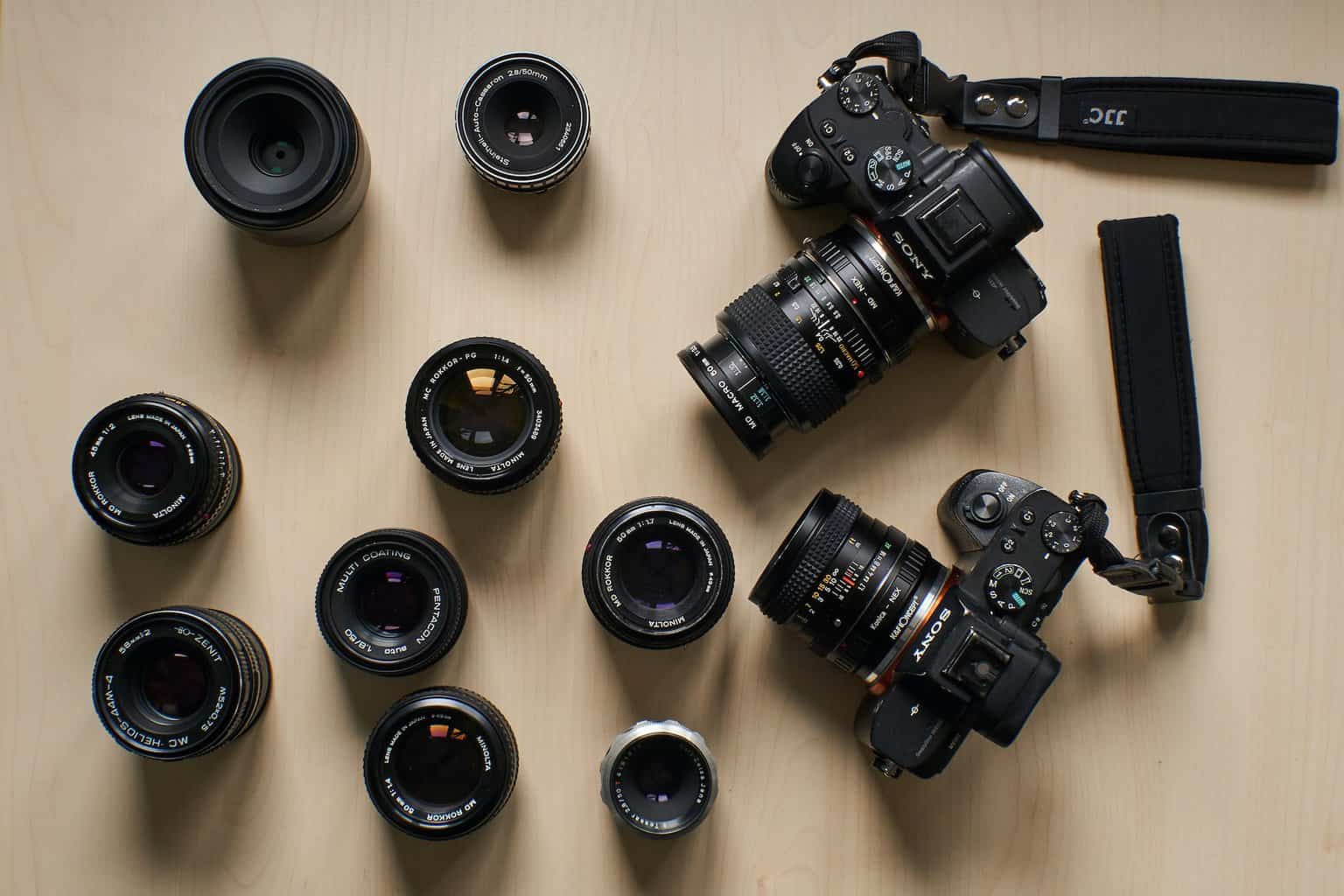
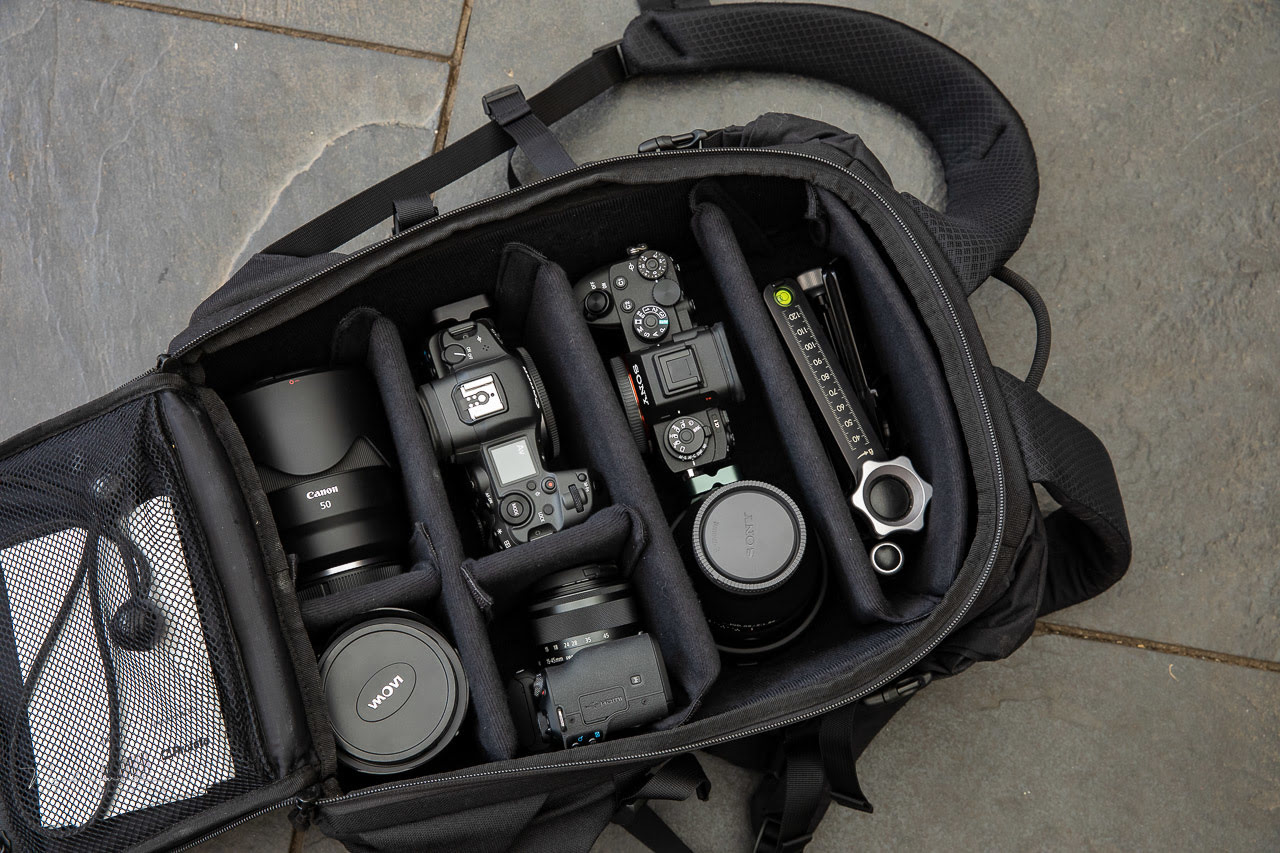
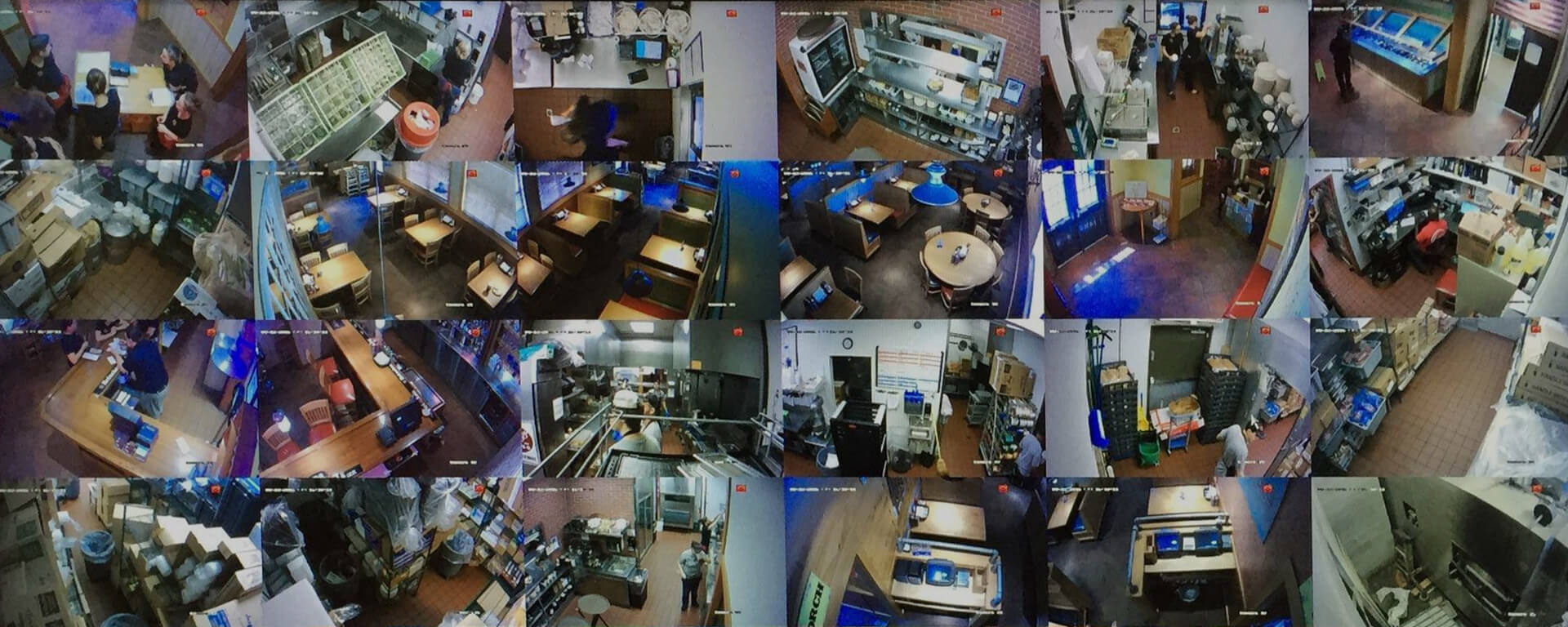
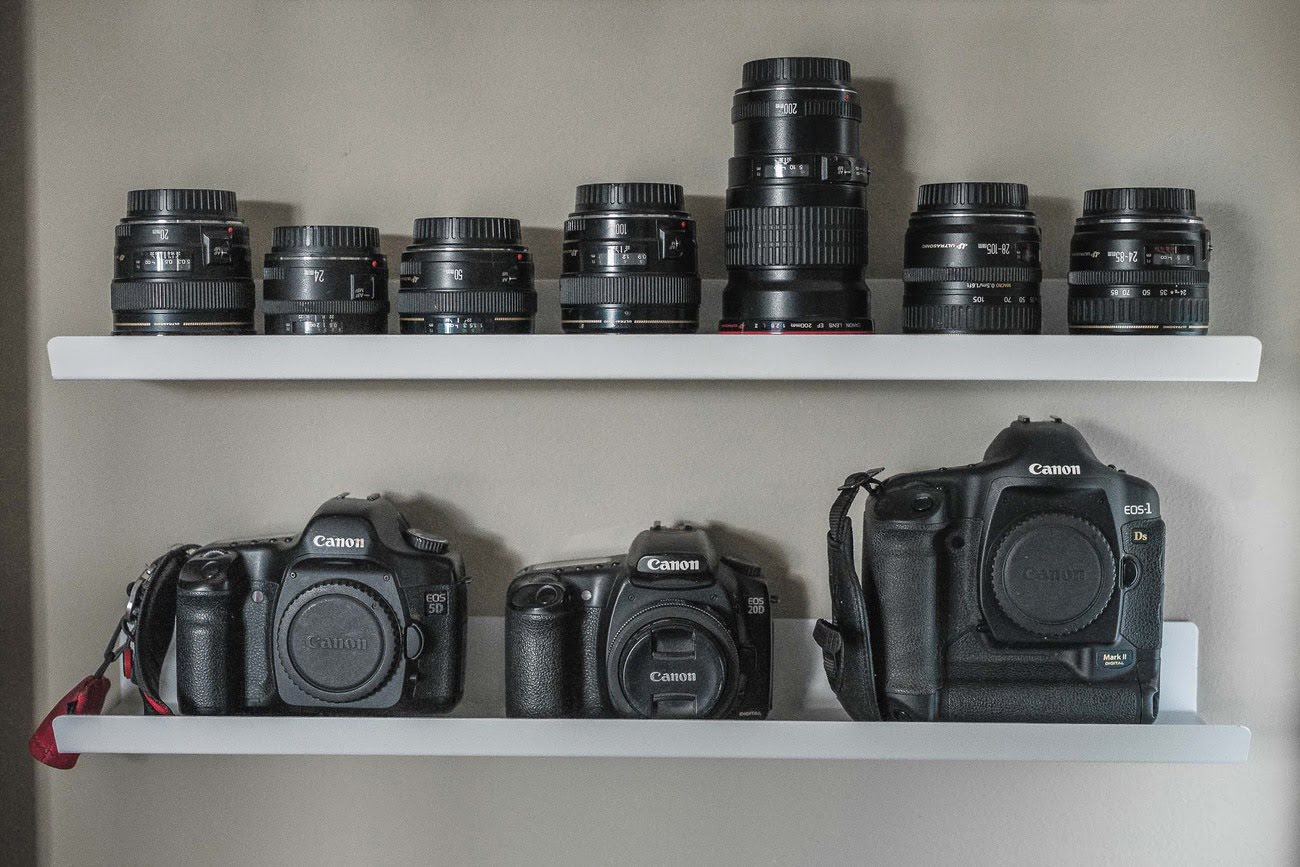
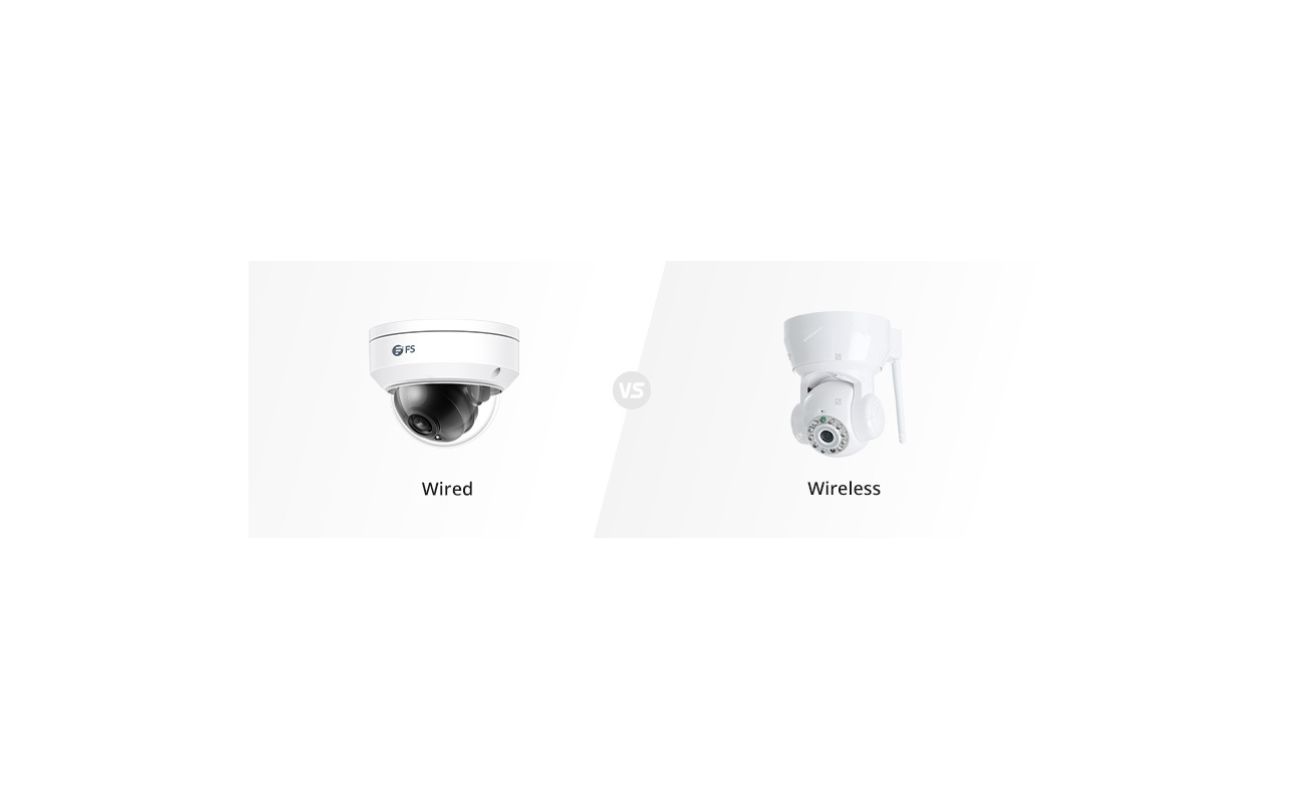
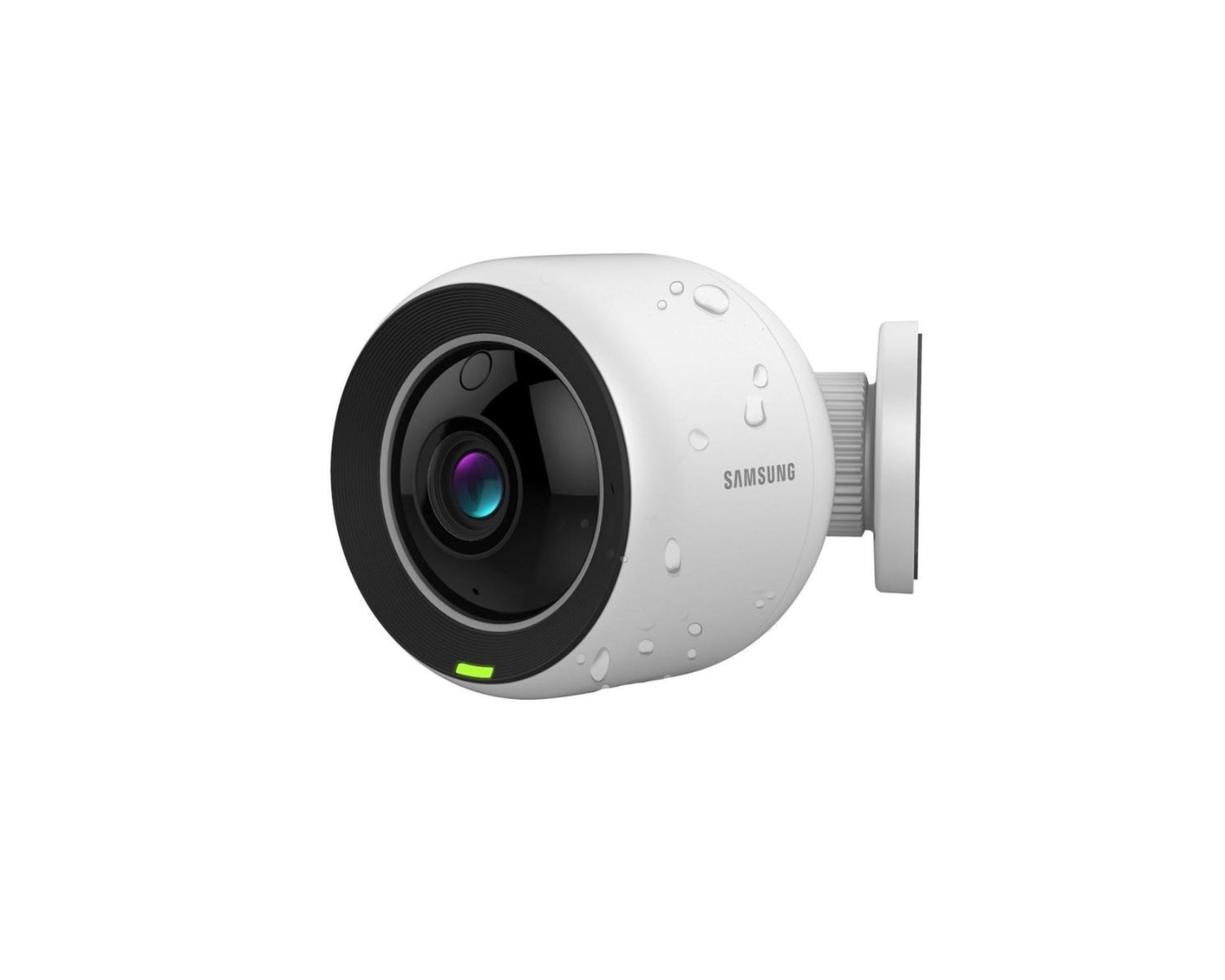
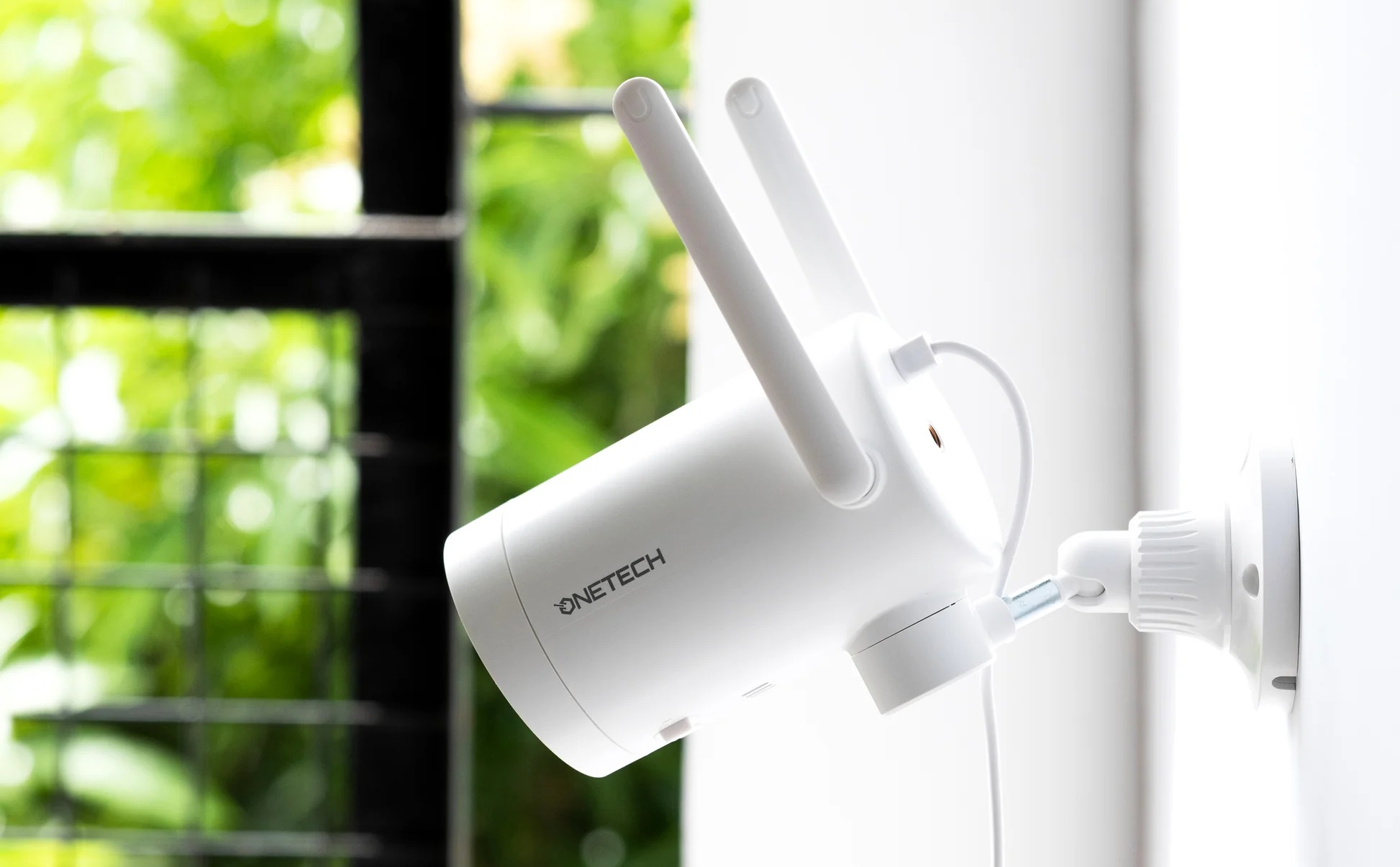
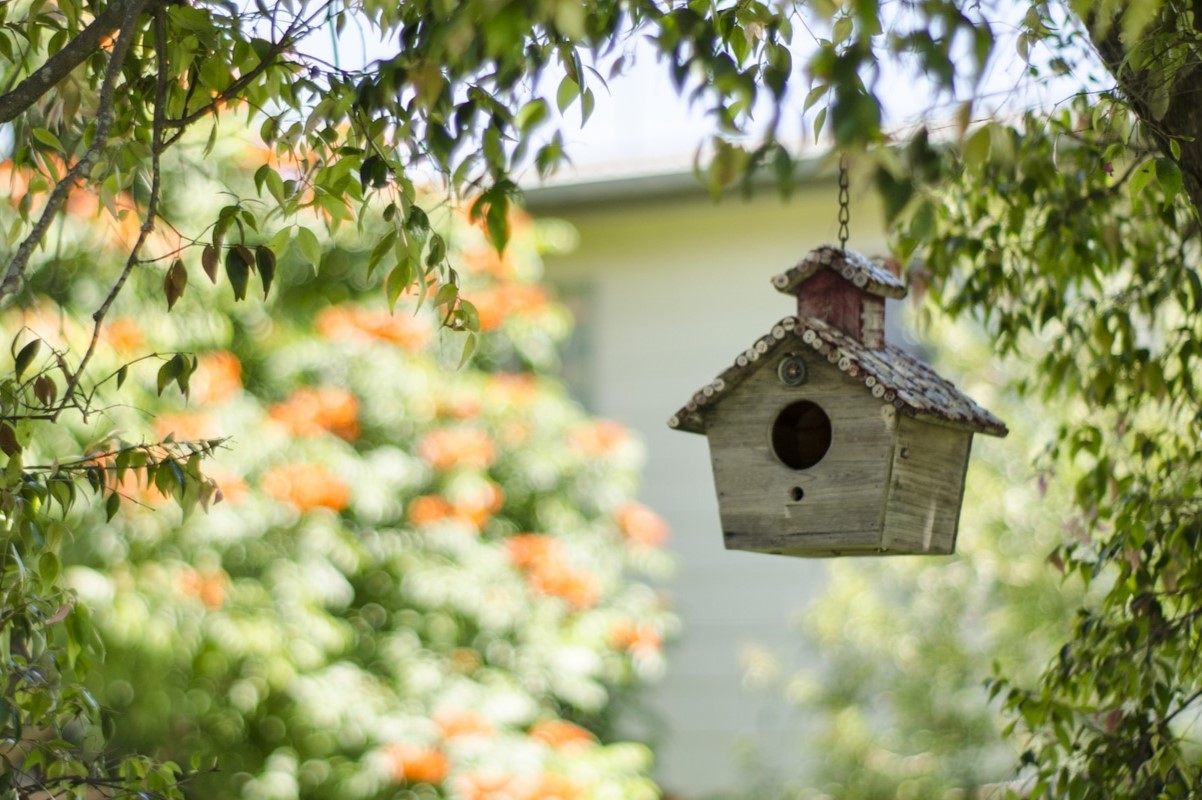
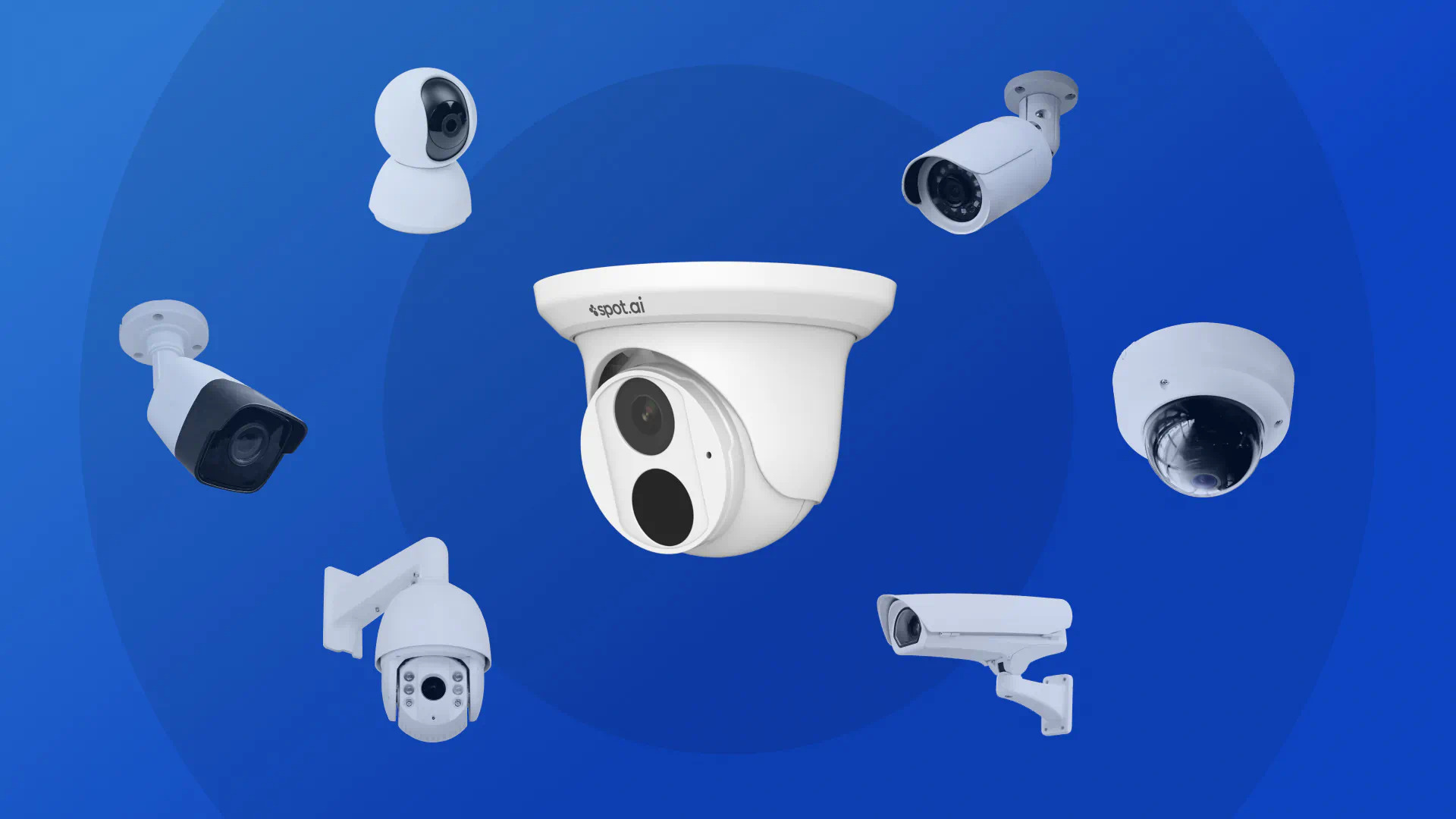
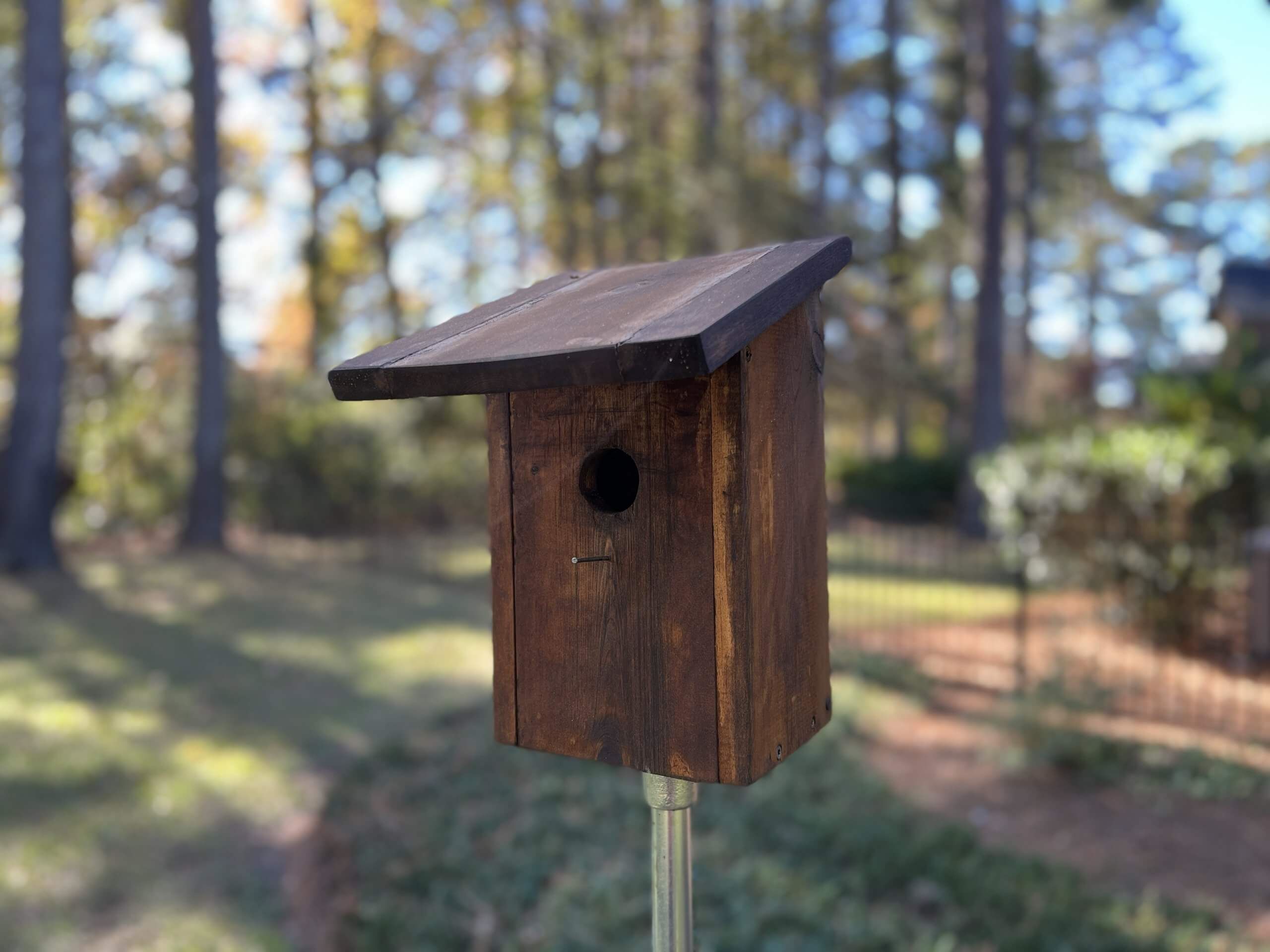
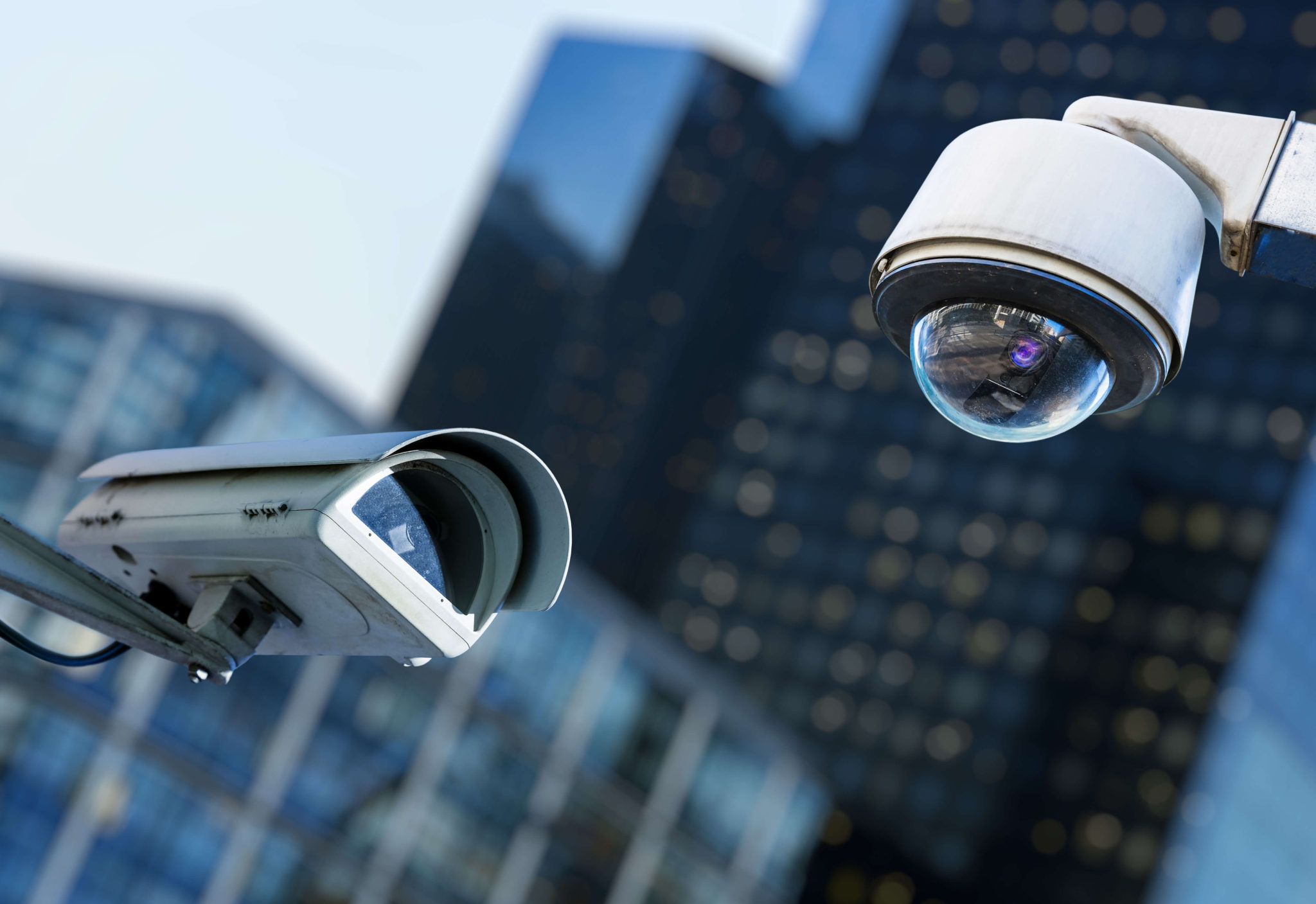
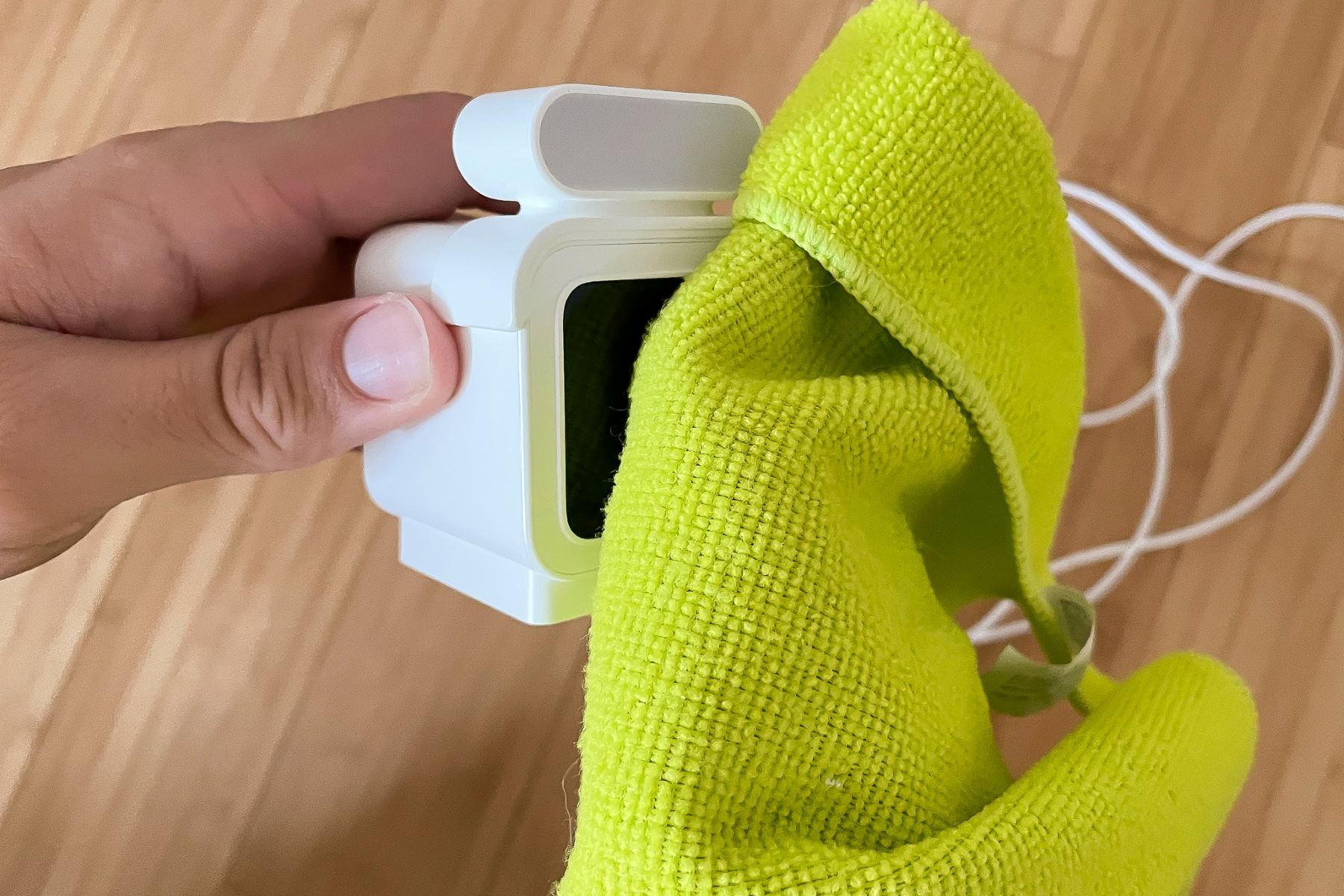
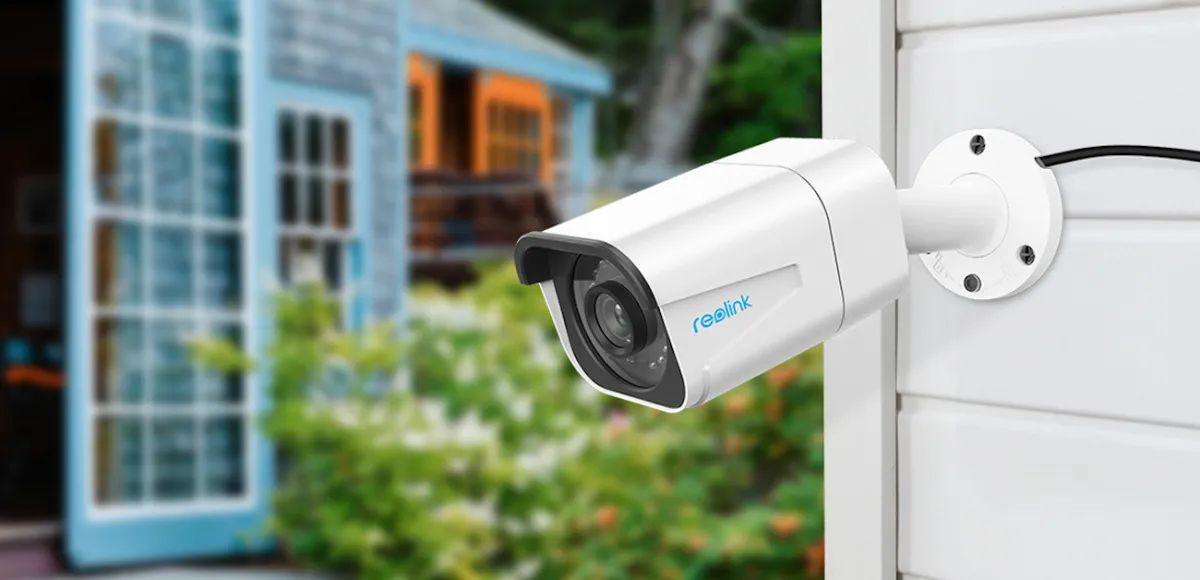

0 thoughts on “How To Store A Camera”